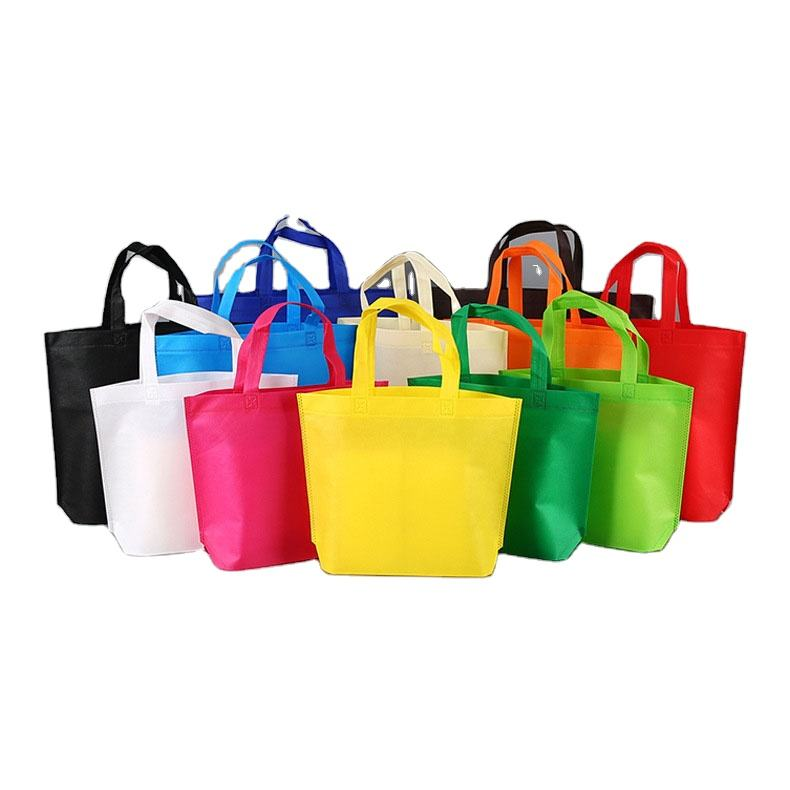The Environmental Impact of Traditional Packaging Solutions
In today's environmentally conscious world, businesses face mounting pressure to adopt sustainable practices across their operations. Traditional packaging materials, particularly plastic bags and containers, have become a significant environmental concern, contributing to pollution, wildlife harm, and mounting landfill waste. As consumers become increasingly aware of environmental issues, the shift toward eco-friendly bags and sustainable packaging solutions has moved from being a mere trend to a business imperative.
The devastating effects of conventional packaging methods can no longer be ignored. Every year, millions of tons of plastic packaging end up in our oceans, taking hundreds of years to decompose while releasing harmful chemicals into the environment. This environmental crisis has sparked a global movement toward sustainable alternatives, with eco-friendly bags leading the charge in transforming how businesses approach their packaging needs.
Benefits of Sustainable Packaging Solutions
Environmental Advantages of Eco-Friendly Materials
The adoption of eco-friendly bags offers numerous environmental benefits that extend far beyond waste reduction. These sustainable packaging solutions are typically made from biodegradable materials that break down naturally, leaving minimal impact on the environment. Many eco-friendly bags are produced using renewable resources such as bamboo, corn starch, or recycled materials, significantly reducing the carbon footprint associated with packaging production.
Furthermore, eco-friendly bags often require less energy and water to manufacture compared to traditional plastic alternatives. This reduced resource consumption translates to lower greenhouse gas emissions and a smaller environmental impact throughout the product lifecycle. The biodegradable nature of these materials ensures they return to the earth naturally, without leaving harmful residues or microplastics behind.
Business Benefits and Cost Implications
While the initial cost of eco-friendly bags may be slightly higher than traditional packaging options, businesses often find that the long-term benefits outweigh the investment. Sustainable packaging can lead to improved brand reputation, increased customer loyalty, and potential tax incentives in many jurisdictions. Companies that embrace eco-friendly packaging solutions often report enhanced market competitiveness and stronger customer relationships.
The cost structure of eco-friendly bags has also become more favorable as production technologies advance and demand increases. Many businesses discover that bulk purchasing of sustainable packaging materials can help achieve cost parity with traditional options, while simultaneously providing marketing advantages and meeting corporate sustainability goals.

Consumer Preferences and Market Trends
Shifting Consumer Expectations
Modern consumers increasingly base their purchasing decisions on a company's environmental commitment. Research shows that a growing percentage of shoppers actively seek out brands that use eco-friendly bags and sustainable packaging options. This shift in consumer behavior has created a significant market advantage for businesses that adopt environmentally responsible packaging solutions.
The demand for eco-friendly bags extends across various demographic groups, with younger generations particularly vocal about their preference for sustainable options. This trend indicates a long-term shift in consumer values that businesses must address to remain competitive in the evolving marketplace.
Market Growth and Future Projections
The sustainable packaging market, including eco-friendly bags, continues to experience robust growth. Industry analysts project sustained expansion as more businesses recognize the importance of environmental stewardship. This growth is driven by a combination of consumer demand, regulatory pressure, and corporate sustainability initiatives.
As technology advances and production scales up, the accessibility and affordability of eco-friendly bags will likely improve further. This evolution presents an opportunity for businesses to position themselves at the forefront of sustainable practices while preparing for increasingly stringent environmental regulations.
Implementation Strategies and Best Practices
Transitioning to Sustainable Packaging
Successfully implementing eco-friendly bags requires a structured approach that considers various factors, including supply chain capabilities, storage requirements, and customer education. Businesses should begin by auditing their current packaging needs and identifying suitable sustainable alternatives that maintain product protection while reducing environmental impact.
A phased transition often proves most effective, allowing organizations to test different eco-friendly bag options and gather feedback from customers and staff. This approach helps identify any operational adjustments needed while maintaining business continuity throughout the change process.
Staff Training and Customer Communication
Employee education plays a crucial role in the successful adoption of eco-friendly bags. Staff members need to understand the environmental benefits and proper handling requirements of new packaging materials. This knowledge enables them to effectively communicate the company's sustainability initiatives to customers and ensure proper implementation of new packaging protocols.
Clear communication with customers about the switch to eco-friendly bags helps build understanding and support for the initiative. Businesses should highlight the environmental benefits while addressing any concerns about product protection or usability. This transparency helps strengthen customer relationships and reinforces the company's commitment to sustainability.
Frequently Asked Questions
What materials are commonly used in eco-friendly bags?
Eco-friendly bags can be made from various sustainable materials, including organic cotton, hemp, bamboo fiber, recycled paper, biodegradable plastics derived from plant starches, and other renewable resources. Each material offers different benefits in terms of durability, cost, and environmental impact.
How do eco-friendly bags affect product protection and shelf life?
Modern eco-friendly bags are designed to provide adequate protection for most products while maintaining their environmental benefits. Advances in material science have led to sustainable packaging solutions that offer comparable or superior protection to traditional options, though specific requirements should be evaluated based on product needs.
What is the cost difference between traditional and eco-friendly packaging?
While eco-friendly bags may have a higher initial cost, the price difference has decreased significantly as production scales up and technology improves. Many businesses find that the additional cost is offset by increased customer satisfaction, brand value, and potential regulatory compliance benefits. Volume purchasing and long-term contracts can also help reduce the cost differential.




